If I think of the meaning of the word, twilight, I think of the time when it is getting light, just before sunrise, or the time after sunset when there is still light in the sky.
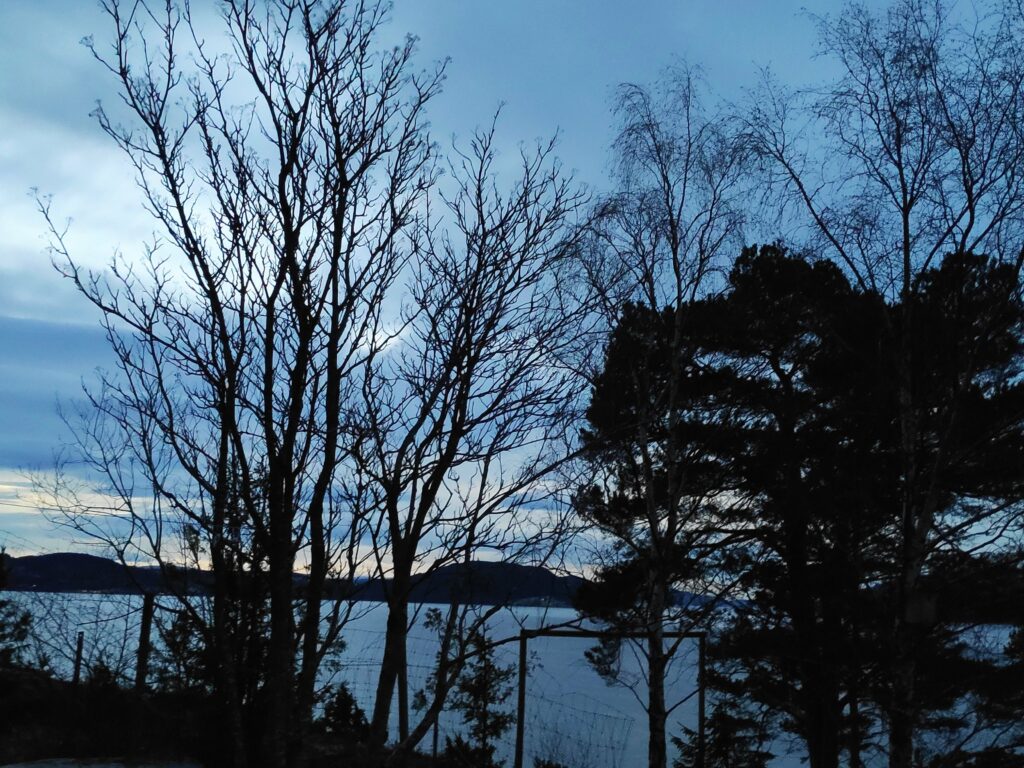
If you look at what astronomers calculate, there are three definitions of twilight. I’m going to give the times for today, 22 December 2020, and my location at Vangshylla, Norway as well as definitions and where possible a photo.
According to my source at www.timeanddate.com, twilight is the time between day and night when there is light outside, but the sun is below the horizon. The morning twilight is often called dawn and the evening twilight is called dusk.
The astronomical definitions of the three stages of twilight are based on the Sun’s elevation, see the diagram below. Sunrise is when the sun comes over the horizon. For calculation purposes, it is the geometric center of the sun that is used.
If we think of what is happening in the morning, civil twilight starts when the sun reaches 6 degrees below the horizon and lasts until sunrise. The actual point in time when the sun reaches 6 degrees below the horizon is called civil dawn. Nautical twilight is when the sun is between 6 and 12 degrees below the horizon and astronomical twilight is when the sun is between 12 and 18 degrees below the horizon. In the morning, astronomical twilight comes first, then nautical twilight, then civil twilight. In the evening, civil twilight comes first, then nautical twilight, then astronomical twilight.

1 Astronomical Twilight
At Vangshylla today, astronomical twilight was between 6:41 – 7:40 and 16:48 – 17:47. This is about an hour in the morning and an hour in the evening. Before 6:41 and after 17:47, the sky is completely dark and celestial bodies that can be seen with the naked eye will be visible (in a cloudless sky). Lights in houses and city streets will be quite visible even at a distance. I have no photos during these times as it is too dark for me to get a picture. When I looked out a window during this period this morning, I could just see the outline of the hill in the direction where the sun would eventually come up.
2 Nautical Twilight
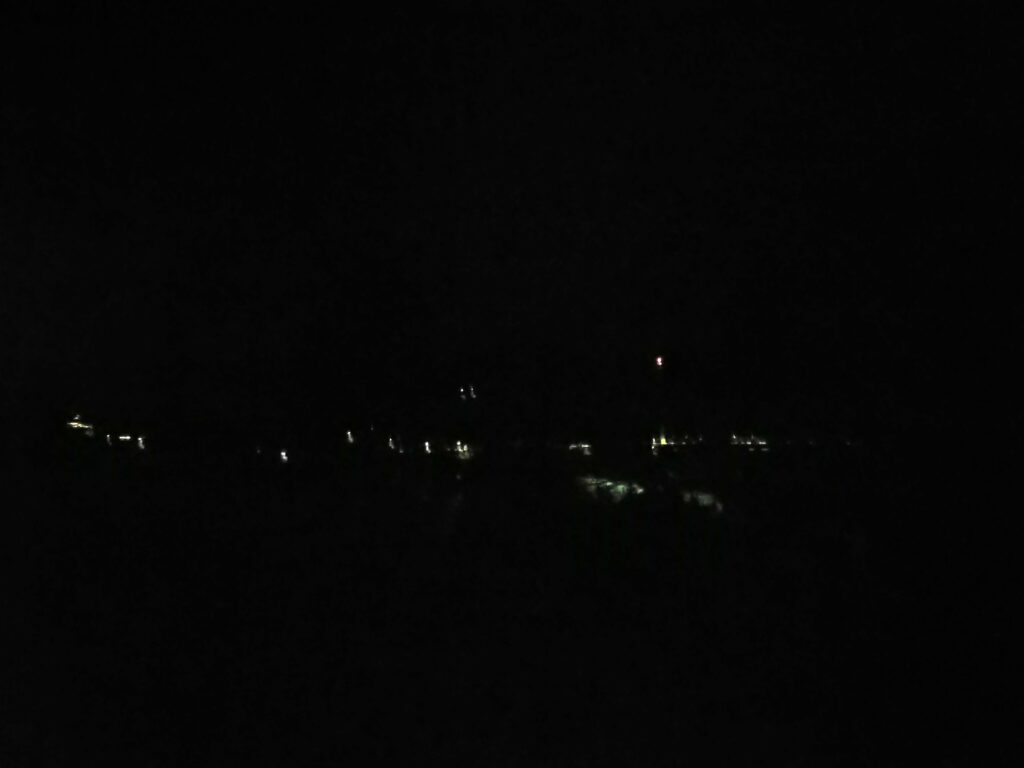
At Vangshylla today, nautical twilight was between 7:40 – 8:48 and 15:40 – 16:48. Again, this is approximately an hour for each period. In general, artificial light will be required to do activities outdoors. In times past, when sailors navigated using the stars, most stars would still be visible to the naked eye. I feel that it is still quite dark. Today was a cloudy day, but perhaps on a clear day, there could be a bit of light just coming in the sky.
3 Civil Twilight
At Vangshylla today, civil twilight was between 8:48 – 10:05 and 14:23 – 15:40. This is about an hour and a quarter for each period.
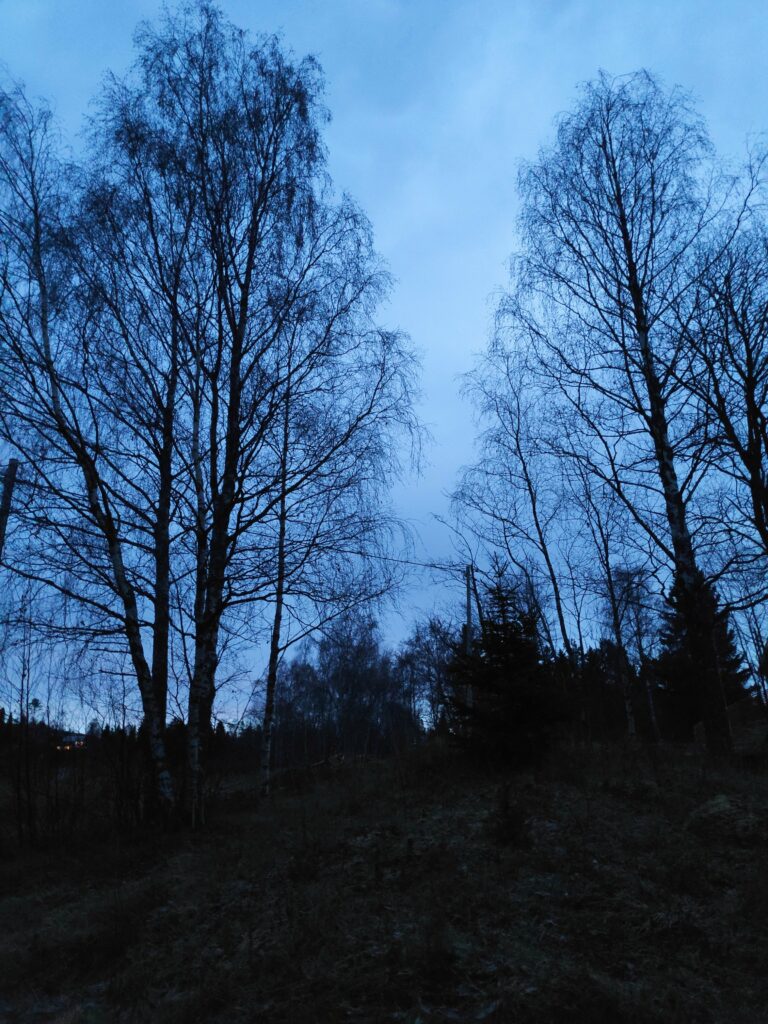
This is the brightest form of twilight. In the morning, civil twilight begins when the sun is 6 degrees below the horizon and ends at sunrise. In the evening, civil twilight begins at sunset and ends when the sun is 6 degrees below the horizon. During these two periods there may be enough natural sunlight that it is not necessary with artificial light to do things outdoors. Some countries use this definition to make laws regulating the use of headlamps and street lamps and can also be used in rules affecting aviation and hunting.

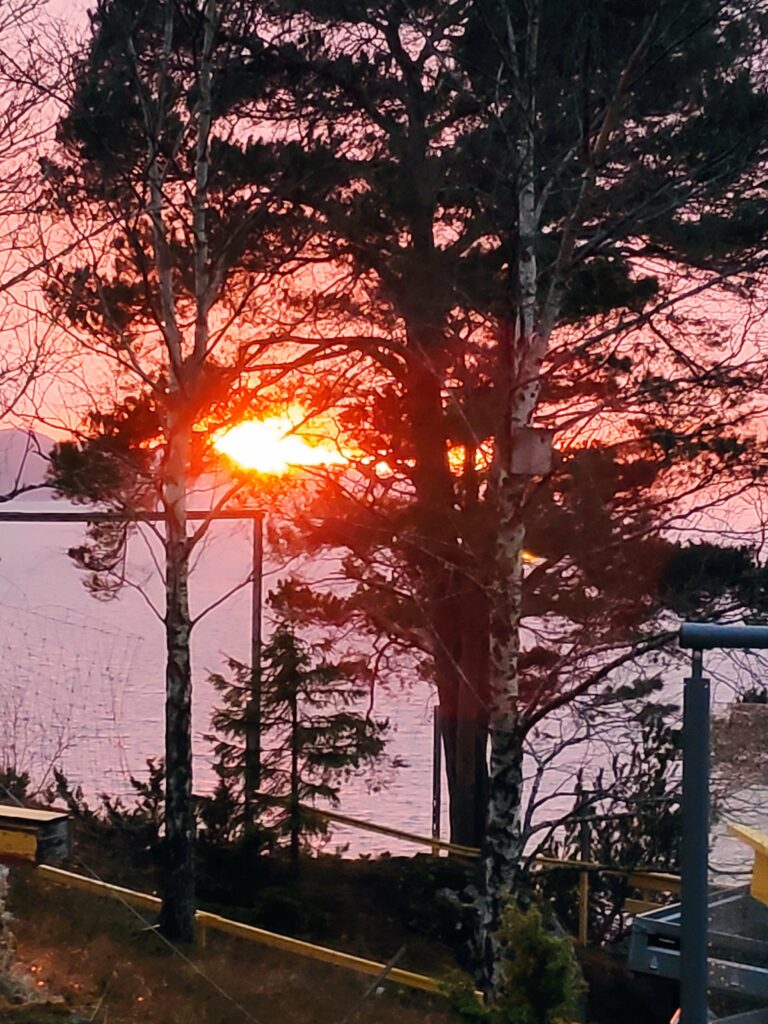
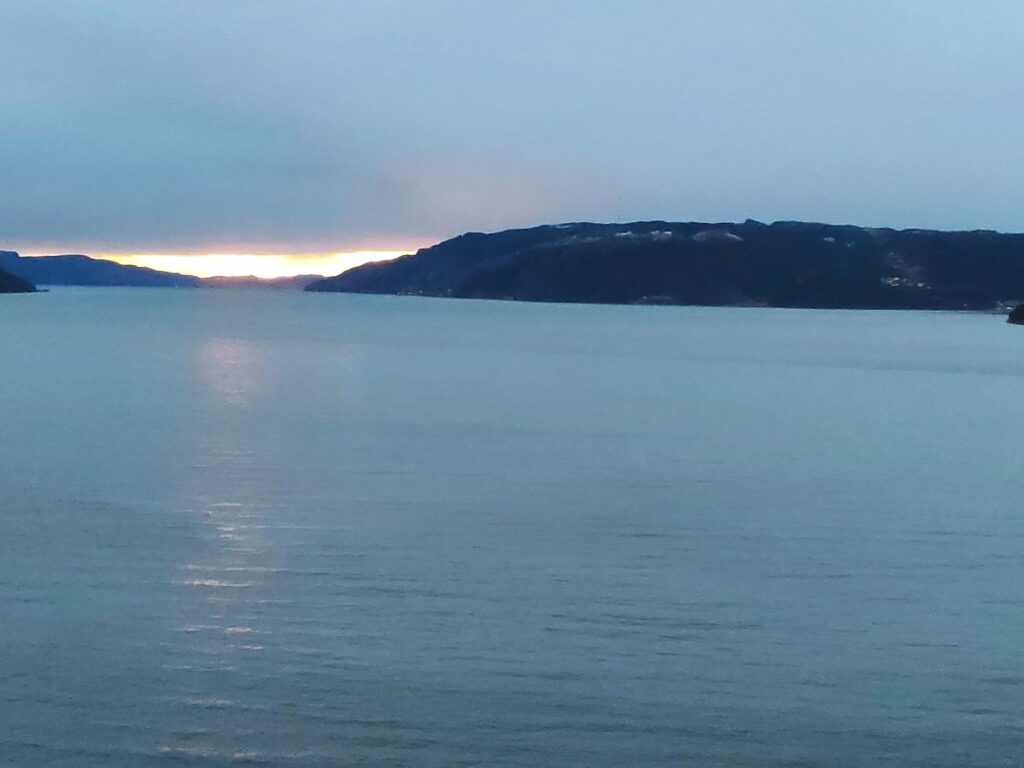
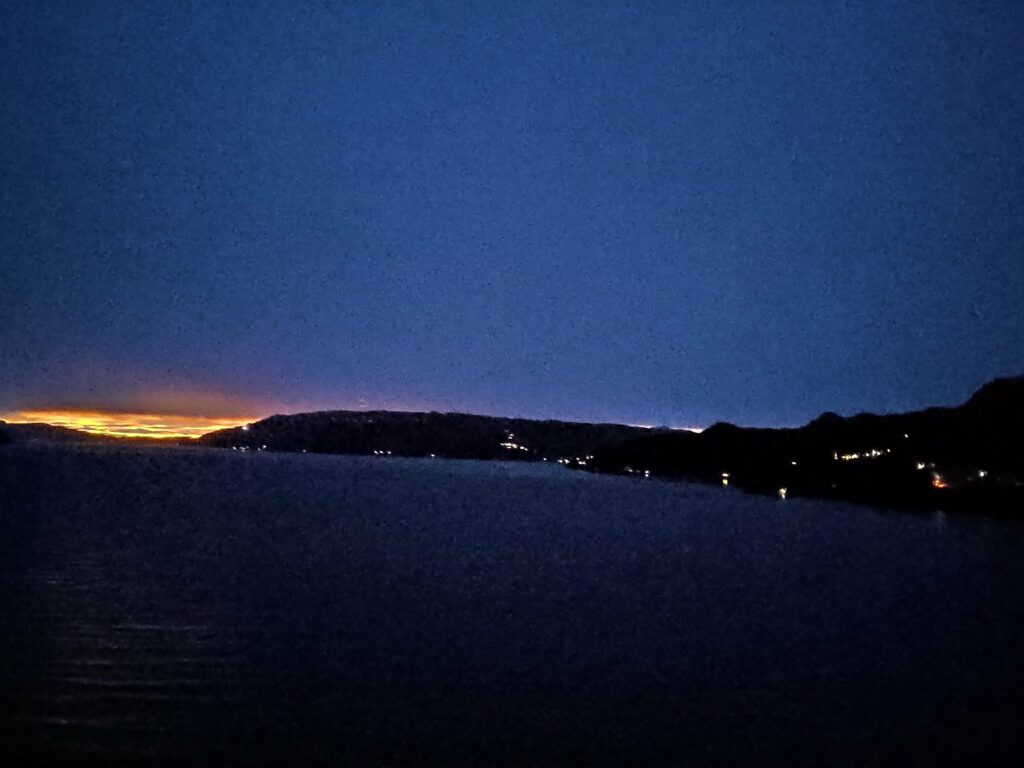
Twilight in the summer
The length of twilight is affected by a location’s latitude, so that places closer to the equator have shorter periods of twilight than those places that are at higher latitudes. During the summer months at higher latitudes, such as northern Norway or northern Canada, there may not be any difference between astronomical twilight after sunset and astronomical twilight before sunrise.
So let’s look at my location. From 2021 April 11 until 2021 September 2, there is no official “night”. There is only twilight. From 2021 April 28 until 2021 May 20, there is no astronomical twilight, only nautical and civil twilight. From 2021 May 21 until 2021 July 22, there is only civil twilight. From 2021 July 23 until 2021 August 14, there is both nautical and civil twilight. From 2021 August 15 there will again be astronomical twilight and from 2021 September 2 there will be night as well.
I like the period between the end of April and the middle of August as it never really gets dark at night. Knowing that there will be lots of light in this period, helps me get through the short, dark days in November, December and January. At the summer solstice, on June 21, we get 20 hours and 53 minutes of daylight and the rest is civil twilight. This is quite a contrast with the winter solstice on December 21 (see the blog I wrote yesterday) when there is only 4 hours and 17 minutes between sunrise and sunset.
